Traditional Scottish Shortbread Cookies has always been one of my favorite cookies. Made with four simple ingredients, flour, butter, sugar and salt, these crumbly, buttery, delicious shortbread cookies will be a sweet treat your whole family will love!
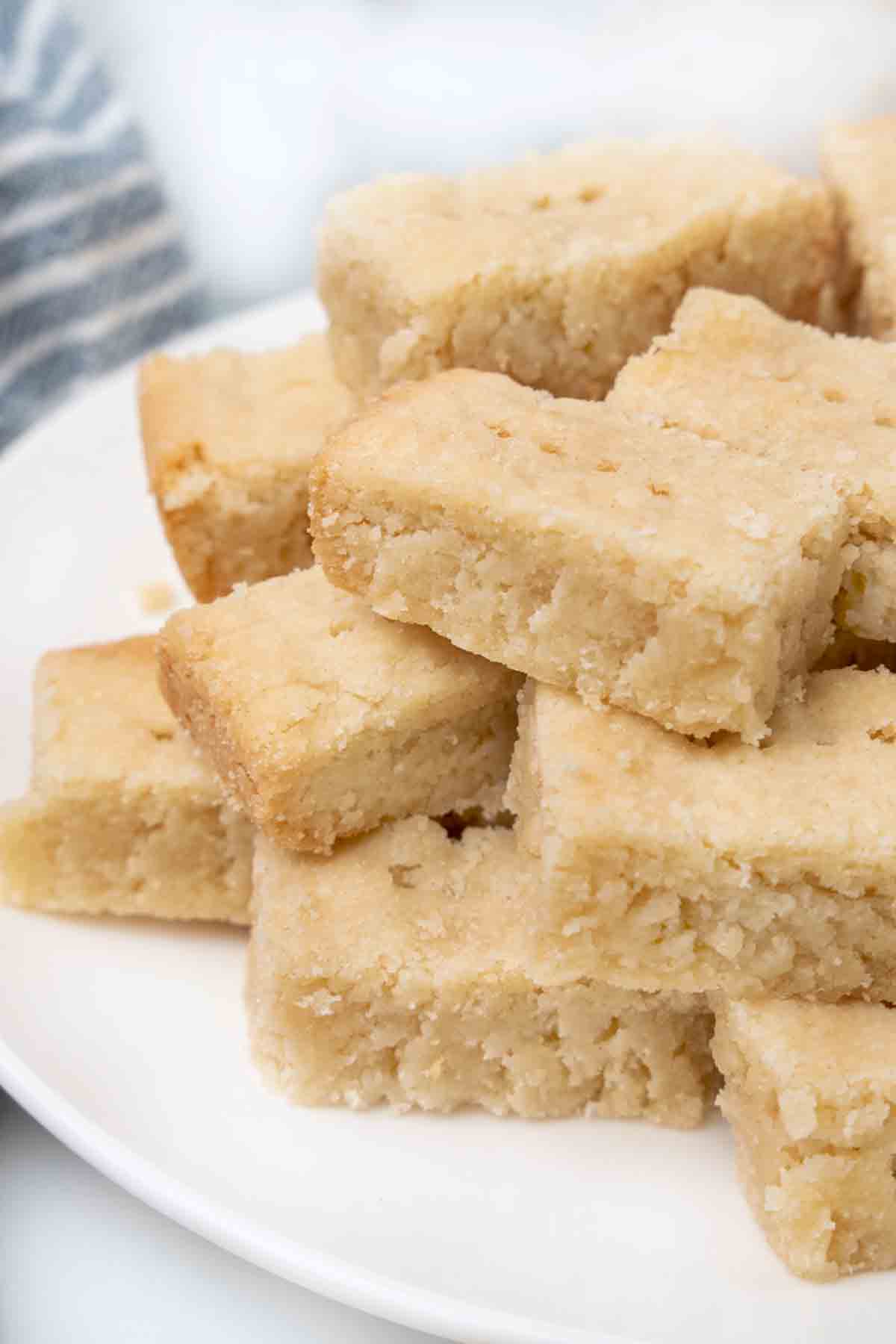
There are lots of shortbread recipes on the internet but not all of them are Scottish Shortbread recipes, and there is a difference. Trust me when I tell you this is the best shortbread cookie recipe you’ll ever make.
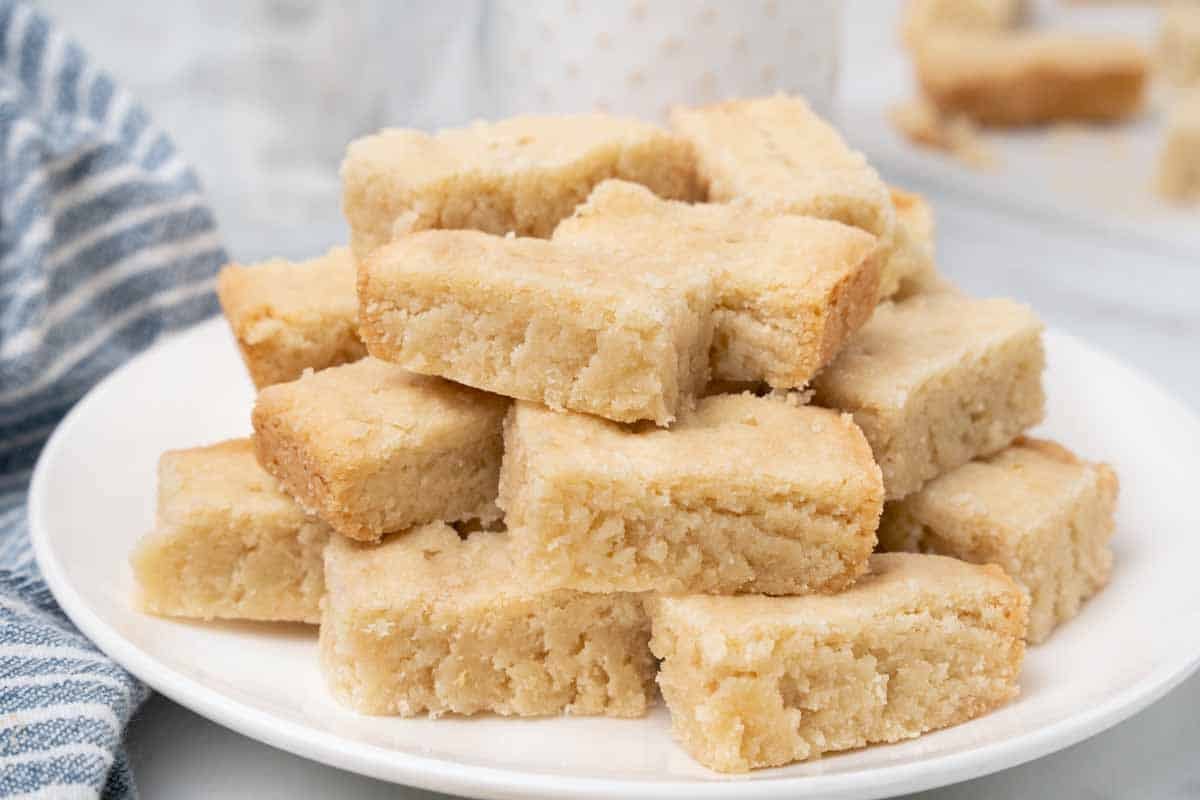
Although the baking time is a little longer than most cookie recipes, my traditional shortbread recipe couldn’t be easier to make and the results are well worth the extra time in the oven.
If you love delicious cookies make sure to try my Pistachio Cornmeal Butter Cookies.
Ingredients to make Scottish Shortbread
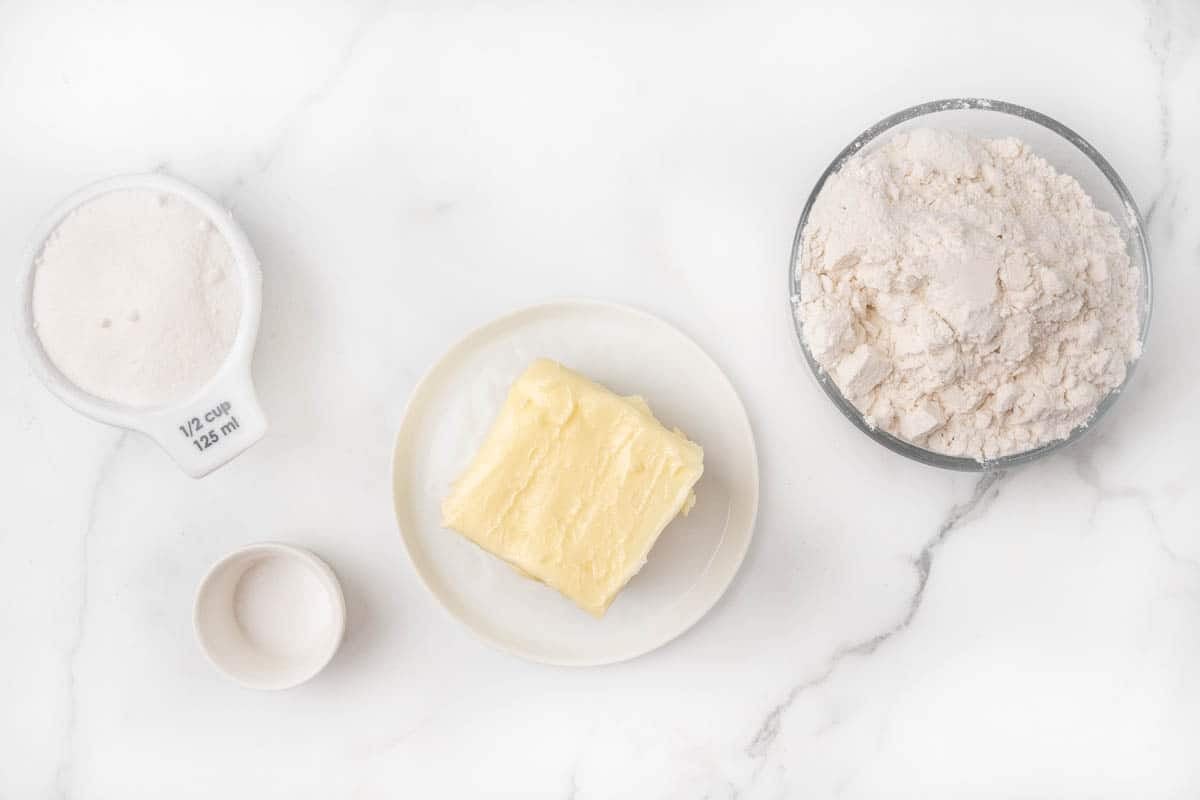
Let’s start by gathering the simple ingredients we need to make Traditional Scottish Shortbread. In Chef Speak, this is called the “Mise en Place,” which translates to “Everything in its Place.”
Not only does setting up your ingredients ahead of time speed up the cooking process, it also helps ensure you have everything you need to make the dish.
Made with four basic ingredients
- all-purpose flour
- unsalted butter (European butter is best)
- caster sugar (superfine white sugar)
- table salt
How to make Traditional Scottish Shortbread
Line an 8×8 baking dish with parchment paper, leaving a 1-inch overhang on two sides for easy removal. Set aside until needed. *You can also use a 9×9 inch pan or round cake pan.
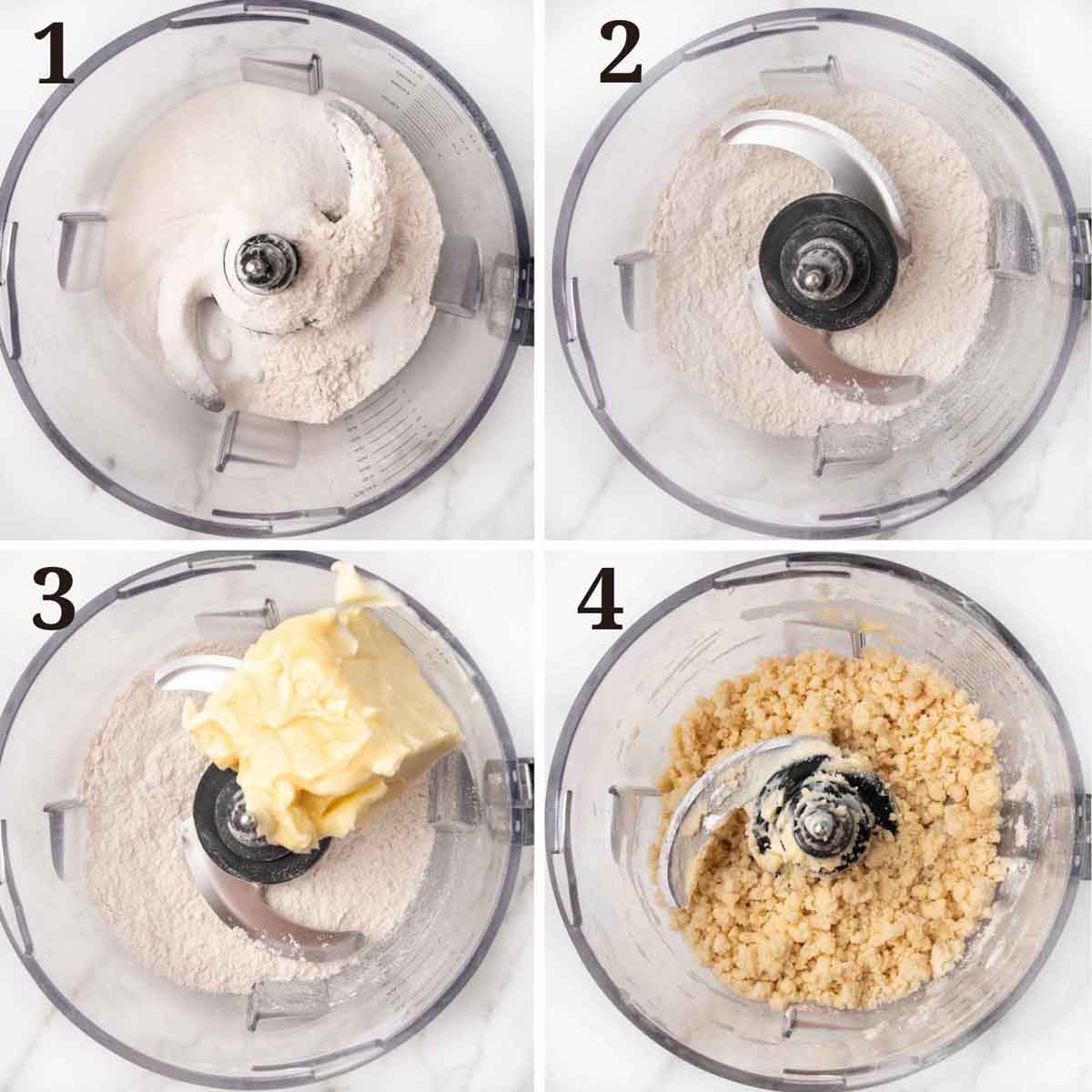
- Add the flour, sugar, and salt to the bowl of a food processor (you can also use a large bowl with an electric mixer fitted with the paddle attachment to make the dough).
- Pulse the dry ingredients until well combined.
- Add the butter to the flour mixture. The butter should be room temperature but not too soft.
- Pulse until the mixture resembles coarse breadcrumbs, but is still soft and pliable.
It might be easier to dump the dough out on a lightly floured surface to form the shortbread dough into a ball and use a rolling pin to form the sheet, but adding extra flour will negatively affect the cookie.
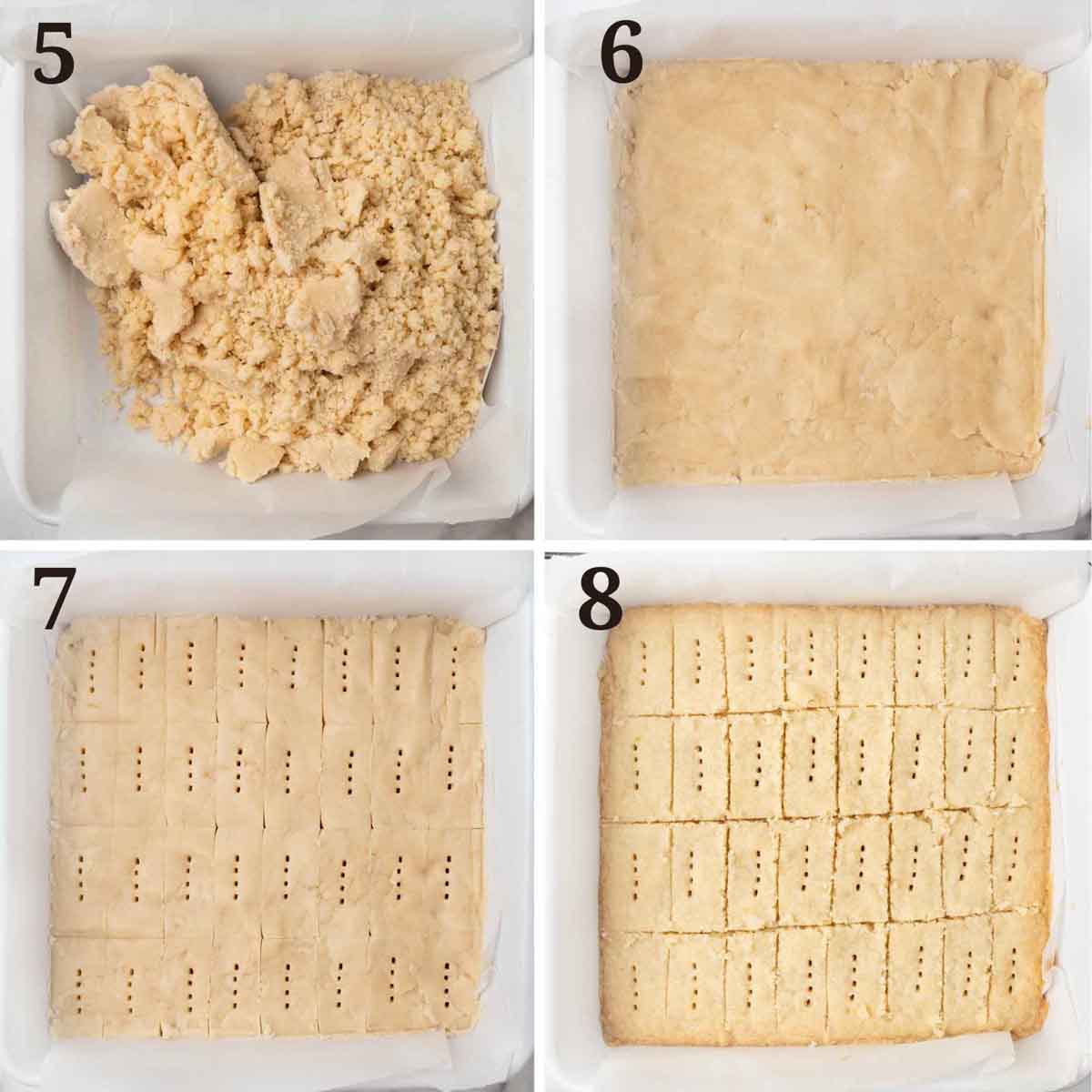
- Add the mixture to the parchment-lined baking pan.
- Press dough into the pan, using your fingers and hands to firmly press the mixture down. *If the shortbread dough is too dry to work with, it wasn’t pulsed long enough.
- Prick the dough at 1-inch intervals with the tines of a fork. Then score the dough with a sharp knife into 2 x 1-inch bars. Cover the pan with plastic wrap and chill for at least 2 hours.
- Place the baking pan on the middle rack of a preheated oven and bake for 30-35 minutes, until set and lightly golden brown. Do not overbake or the cookies will be dry.
*Place the pan on a wire rack to cool for 5 minutes.
Cut the shortbread into bars using the lines you scored the dough with as a guide. Let the cookies cool completely before removing them from the pan.
You can also use a round cake pan to make these buttery shortbread cookies. Place a large circle of parchment paper in the bottom of the cake pan before adding the cookie dough.
I have seen recipes that use a cookie cutter to cut out individual cookies and bake them on a parchment-lined baking sheet, but that method yields dry cookies that don’t have the same crumbly texture.
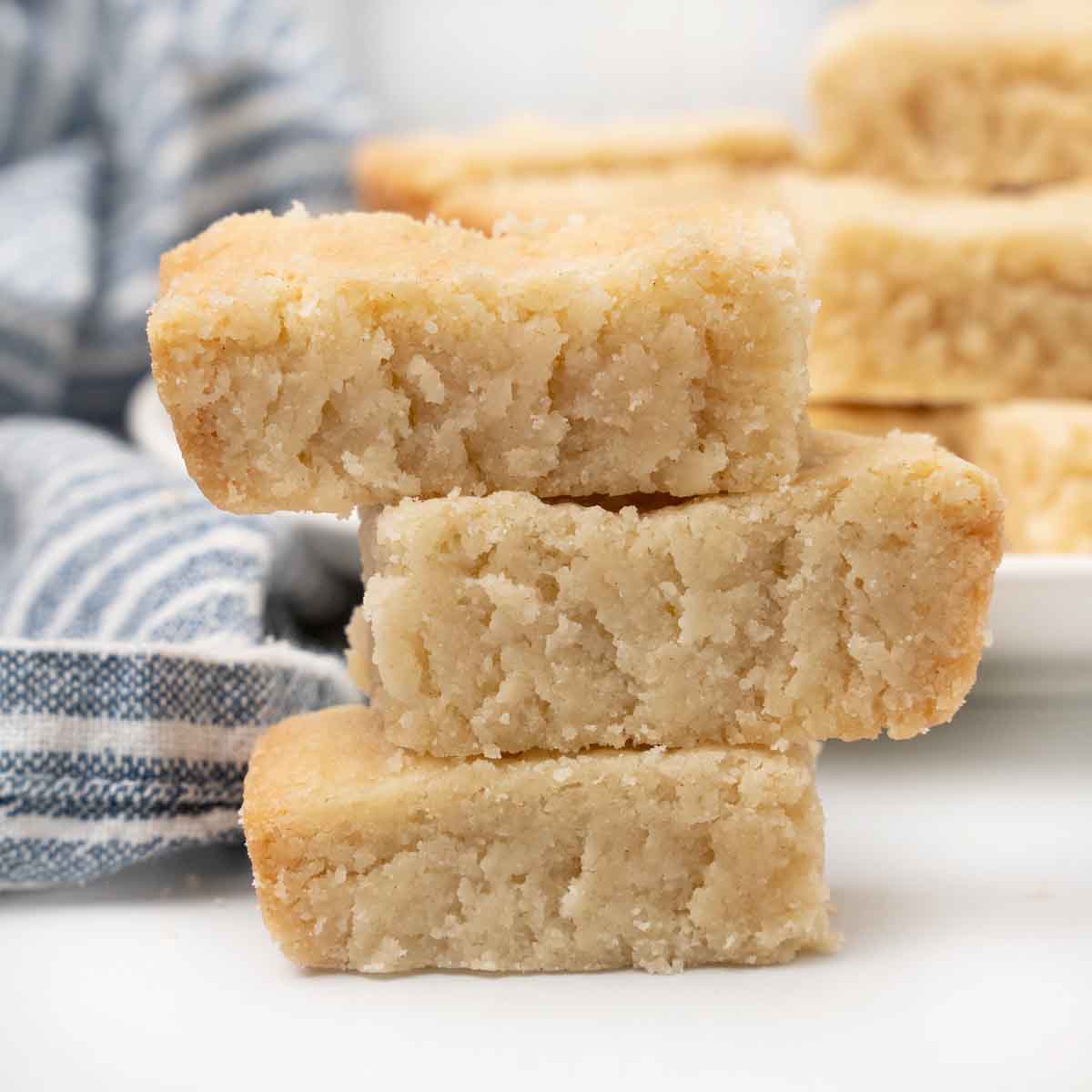
These delightful Scottish Shortbread cookies ( aka biscuits) can be kept in an airtight container at room temperature for 5-7 days and can also be frozen.
If you’re looking for the perfect cookie for special occasions, dip the shortbread cookie in melted chocolate. That makes them even harder to resist and more delicious.
Recipe FAQ’s
Traditional Scottish shortbread is a simple recipe made with sugar, butter, flour, and salt. Other shortbread styles will include leavening agents like baking powder and baking soda, which makes them crisp instead of crumbly like traditional Scottish shortbread.
The most important ingredient is the butter. Use the best quality butter available, and make sure it’s real butter. The other crucial part of the recipe is not to overwork the dough. That will make the cookies tough instead of tender.
Absolutely! Although the traditional version is plain, you can add various flavors such as vanilla extract, lemon zest, almond extract, or even mini chocolate chips for a different twist on this classic cookie.

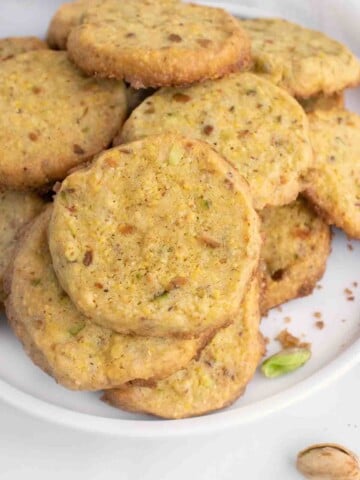
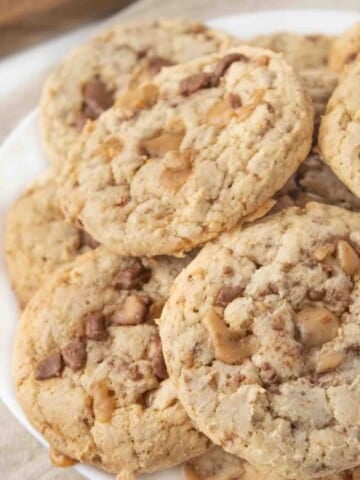
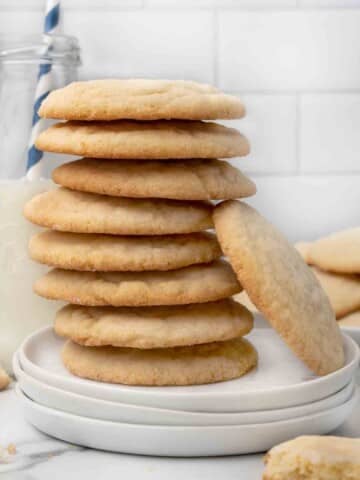
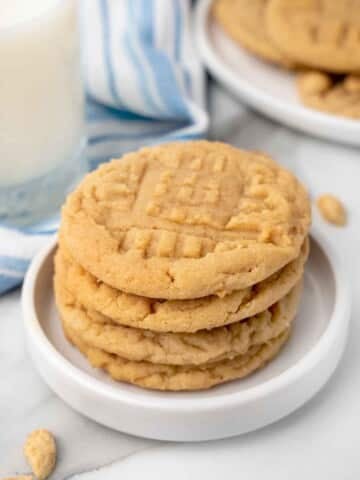
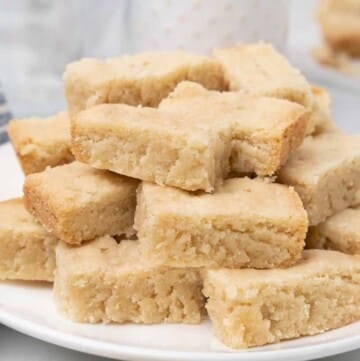
LC says
Possible to share rationale for not using icing sugar? I saw quite a few recipes using it. Thanks in advance for your sharing.
Chef Dennis Littley says
I’m not a fan of using powdered sugar in baked goods, it does alter the final product, and I feel its more consistent with caster sugar. Powdered sugar also contains an anti caking agent, which is an additive I don’t want in my cookies.
Marianne Adler says
I would like to add chopped fresh cranberries, orange zest, and minced fresh rosemary to this traditional recipe. Will that work without additional adjustments?
Chef Dennis Littley says
The rosemary and orange zest shouldn’t be a problem, but I’m not sure about adding fresh cranberries, the recipe would need to be tested for that addition. They are also really tart and hard, I don’t think the shortbread will come out the way you envision.
Marianne Adler says
Thank you for your reply. I will try it and let you know how it turns out.
K'Lani says
I don’t have a food processor, can I just use my stand mixer or a hand mixer?
Chef Dennis Littley says
You should be able to use your mixer, but you don’t want to overwork the dough, so be careful. You want to cut the butter in so its crumbly, you don’t want a creamy mixture.
Baobao says
Hi can I add ground lavender into the batter?
Thank u
Chef Dennis Littley says
Yes you can.
Pam Waldeck says
I used my coffee grinder to make my sugar finer, worked great!
Chef Dennis Littley says
That will definitely work. Thanks for sharing your method.